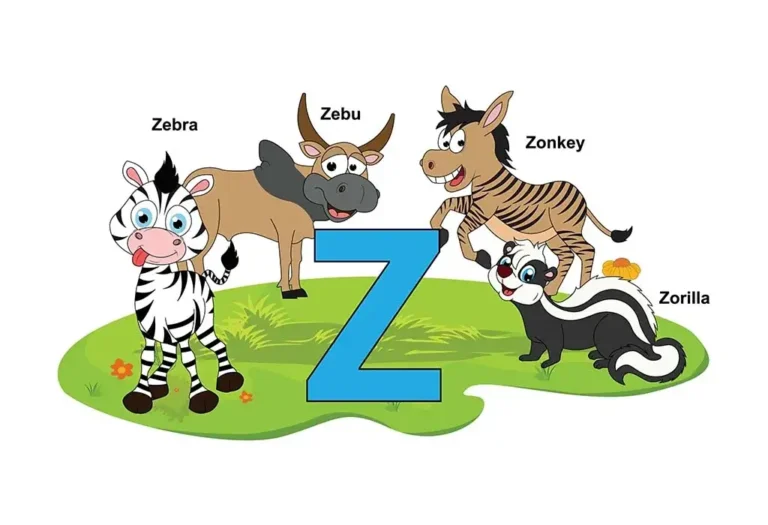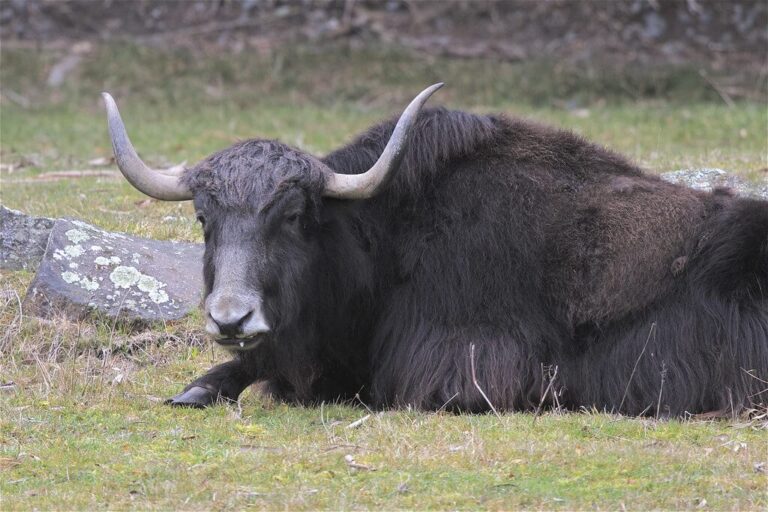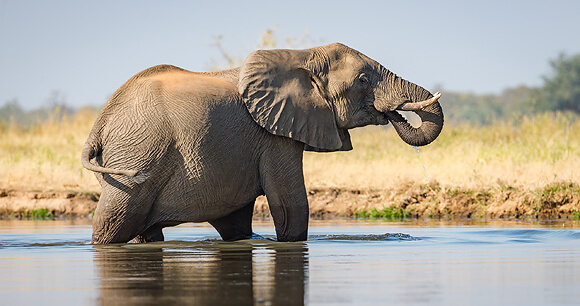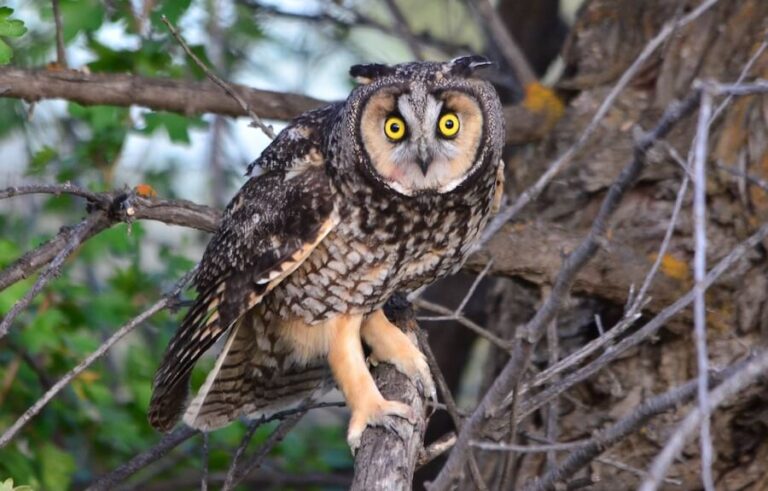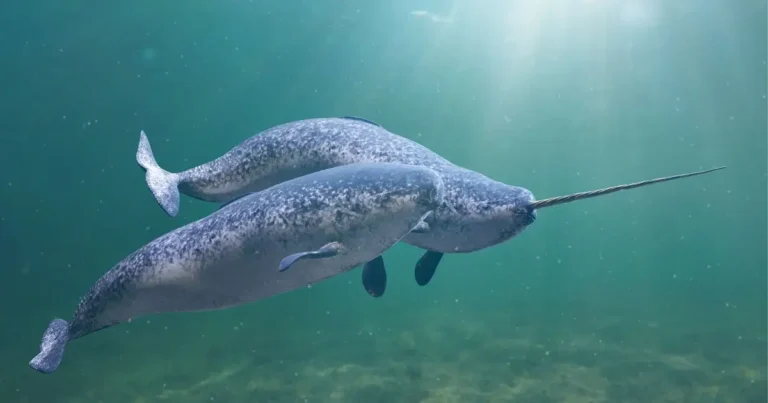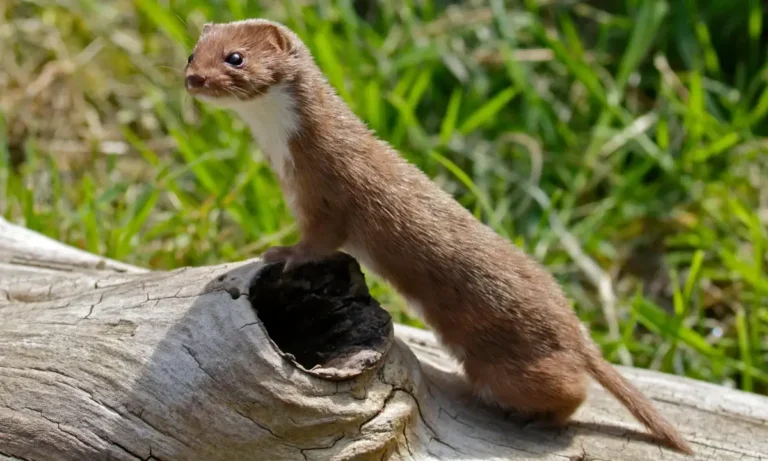Unau (Two-Toed Sloth): An In-Depth Exploration
The Unau, more commonly known as the two-toed sloth, is a fascinating animal recognized for its slow-paced lifestyle and unique adaptations to life in the trees. Found primarily in the forests of Central and South America, the Unau is one of nature’s most intriguing mammals. Below, we’ll explore various aspects of this incredible animal, from its scientific classification to its evolutionary history and relationship with humans.
Contents
Scientific Classification
- Kingdom: Animalia
- Phylum: Chordata
- Class: Mammalia
- Order: Pilosa
- Family: Choloepodidae
- Genus: Choloepus
- Species: Choloepus didactylus (Linnaeus’s Two-Toed Sloth) and Choloepus hoffmanni (Hoffmann’s Two-Toed Sloth)
The Unau belongs to the family Choloepodidae, which differentiates it from its relative, the three-toed sloth (Bradypodidae). The two existing species of two-toed sloths are similar in appearance and behavior but occupy slightly different habitats.
Physical Characteristics
The Unau is well-adapted for life in the trees, with several physical features suited for its arboreal lifestyle:
- Size: Adults measure about 21 to 29 inches (53-74 cm) in length and weigh between 8 to 19 pounds (4-8.5 kg).
- Limbs: The most striking feature of the Unau is its two long, curved claws on each forelimb, which are used for gripping tree branches. The hindlimbs have three claws.
- Fur: Its fur is thick and coarse, often appearing greenish due to algae growth. This provides excellent camouflage in the dense forest canopy.
- Head: The sloth’s small, rounded head features a flat face with small ears and large, expressive eyes.
Despite their slow movements, the Unau has an incredibly strong grip, enabling it to hang upside down from branches for long periods.
Habitat
The two-toed sloth inhabits tropical rainforests in Central and South America. The distribution of the two species is as follows:
- Choloepus didactylus is primarily found in northern South America, including parts of Venezuela, Colombia, Brazil, and the Guianas.
- Choloepus hoffmanni occupies regions from Honduras down through western South America, including Ecuador and Peru.
They live high in the forest canopy, which is well hidden from potential predators. Sloths are arboreal and spend most of their time in trees, rarely descending to the ground.
Behavior
Sloths are famously known for their slow movements, which is no different for the Unau. Its lifestyle is primarily driven by energy conservation:
- Activity: They are mostly nocturnal and sleep about 15-20 hours daily.
- Movement: They move very slowly (about 1 foot per minute) due to their low metabolic rate, making them one of the slowest animals on Earth.
- Hanging: The Unau spends most of its life hanging upside down from tree branches, an adaptation that has helped it thrive in the forest canopy.
- Swimming: Despite being slow on land, sloths are surprisingly good swimmers, using their long limbs to move quickly through water.
Diet
Two-toed sloths are folivores, meaning they primarily eat leaves, but they have a more varied diet than their three-toed relatives:
- Primary diet: Most of their food consists of leaves from various tree species.
- Other food sources: Besides leaves, they eat fruits, flowers, and sometimes small insects or lizards.
- Digestive system: Their stomachs are highly specialized for digesting tough, fibrous leaves, and it can take days to process a meal fully.
Reproduction
Unau sloths have a relatively slow reproductive cycle:
- Breeding: No specific breeding season exists, and mating can occur year-round.
- Gestation: The gestation period for two-toed sloths lasts about 10-11 months, after which a single offspring is born.
- Parental care: The mother sloth provides significant care for her baby, carrying it on her belly for the first six months of its life. After this period, the young sloth becomes independent but may stay near the mother for several months.
Predators
Due to their slow movements, sloths are vulnerable to predation, especially when on the ground:
- Natural predators: Jaguars, ocelots, and harpy eagles are some of the primary predators of two-toed sloths. On the ground, they are also susceptible to snakes and large birds of prey.
- Defenses: Their primary defense is camouflage; the algae that grow on their fur help them blend into the trees. They also use their sharp claws to defend themselves if attacked.
Conservation Status
Both species of two-toed sloths are currently listed as Least Concern by the International Union for Conservation of Nature (IUCN), but their populations are affected by habitat destruction:
- Threats: Deforestation and fragmentation of tropical rainforests pose significant threats to their habitat.
- Conservation efforts: Protected areas and wildlife reserves are crucial in safeguarding sloth populations. Additionally, some organizations work on reintroducing rescued or orphaned sloths back into the wild.
Interesting Facts
- The Unau can rotate its head up to 270 degrees, allowing it to scan for threats without moving its body.
- Sloths have an exceptionally slow metabolism, allowing them to survive on a nutritionally poor diet.
- Two-toed sloths have a symbiotic relationship with algae, which provides camouflage, while the sloth offers a habitat for the algae.
- Sloths only descend from their trees once a week to defecate, a behavior still not fully understood by scientists.
Evolutionary History
Sloths are part of the order Pilosa, which also includes anteaters. They are descendants of ancient ground sloths, some of which grew to the size of elephants. Two-toed sloths have diverged significantly from their relatives over millions of years, evolving their specialized lifestyle in the forest canopy. Despite their differences in lifestyle and physical features, sloths share a common ancestor with anteaters.
Relationship with Humans
Sloths are a source of fascination for humans due to their unique characteristics and slow movements. They are often featured in documentaries and are a popular attraction in wildlife parks and zoos. However, human activity—particularly deforestation—directly threatens their survival. Several conservation programs are dedicated to protecting their natural habitats and rescuing sloths injured or orphaned by human activity.
Conclusion
The Unau, or two-toed sloth, is a remarkable example of adaptation to a unique ecological niche. Its slow movements, strong limbs, and specialized diet make it a true marvel of evolution. While it may not be the fastest or most agile animal, the sloth’s serene lifestyle perfectly suits its arboreal existence. As deforestation threatens their habitat, the importance of conservation efforts to protect this species and its environment cannot be overstated. Through ongoing research and conservation, the future of the Unau remains hopeful in the tropical forests of Central and South America.
- Are Rottweilers Good With Kids? Reasons & Training Tips - 17 September 2025
- How Long Are Dogs Pregnant: Complete Guide - 16 September 2025
- German Shepherd Doberman Mix: Info, Pictures, Care & More - 11 September 2025


